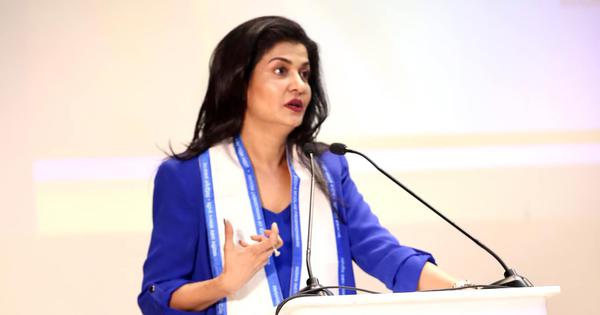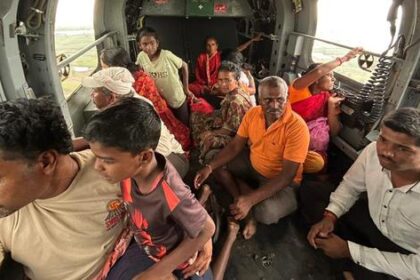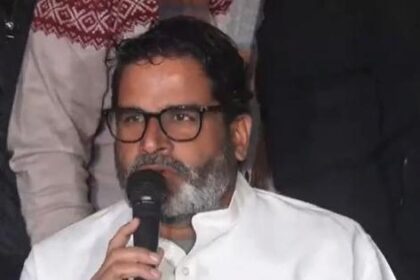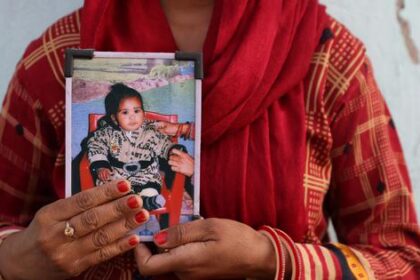Complaint leads to FIR against Anjana Om Kashyap for allegedly offending Valmiki religious sentiments.
The police in Ludhiana, Punjab, have filed a first information report (FIR) against Anjana Om Kashyap, a journalist and managing editor at Aaj Tak. This action follows a complaint lodged by the Bharatiya Valmiki Dharam Samaj, a group representing the Valmiki community, which is classified as a Scheduled Caste in India. The FIR was reported by The Indian Express on Sunday and also names the India Today Group and its chairman, Aroon Purie, as part of the complaint.
The controversy arose from comments made by Kashyap during her show “Black and White,” which aired on a Tuesday and included a discussion on a recent attempted attack on Chief Justice BR Gavai. The remarks in question were deemed offensive by members of the Valmiki community, leading to significant backlash. Chaudhary Yashpal, the national coordinator of the Bharatiya Valmiki Dharam Samaj, was vocal in his criticism, stating that the comments were deeply hurtful.
Yashpal, who filed the complaint, is associated with the Aam Aadmi Party and leads the Punjab government’s Dalit Vikas Board. He expressed strong disapproval of the content presented by Kashyap during her broadcast, suggesting that it was unnecessary to discuss unverified information regarding a figure held in high regard by the community. His statements have been reported by various media outlets, reflecting the sentiments of the Valmiki community regarding the issue.
The FIR cites violations under Section 299 of the Bharatiya Nyaya Sanhita, which addresses deliberate and malicious acts intended to outrage religious feelings through spoken or written words, signs, or other representations. Additionally, sections of the Scheduled Castes and Scheduled Tribes Prevention of Atrocities Act have been invoked in this case, underscoring the seriousness of the allegations against Kashyap.
The incident highlights ongoing tensions surrounding media representation of marginalized communities in India. Critics argue that public figures and media personnel must exercise caution in their commentary, especially when addressing topics that may touch on religious or cultural sensitivities. The Valmiki community, like many others, seeks respect and understanding of their beliefs and values, and any perceived affront can lead to significant social repercussions.
As the legal proceedings unfold, this case may draw further attention to the responsibilities of media professionals in shaping public discourse and the impact of their words on diverse communities across India. The outcome could also have implications for how such discussions are navigated in the future, particularly in the context of religious sentiments and social justice issues.








